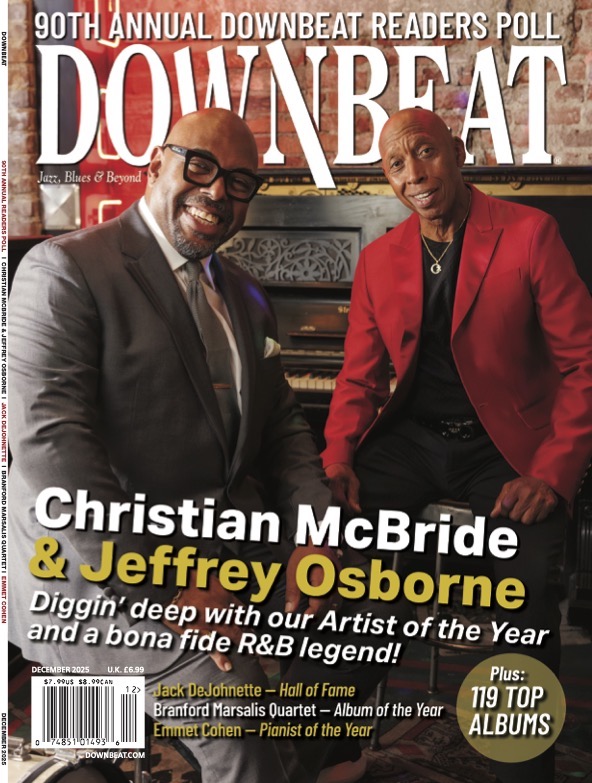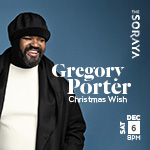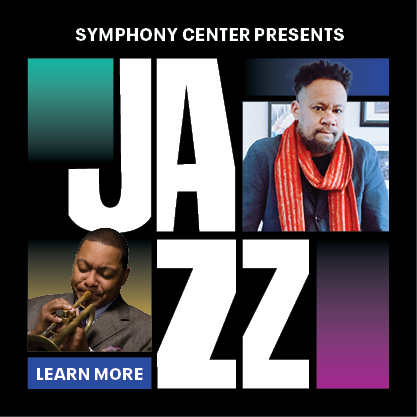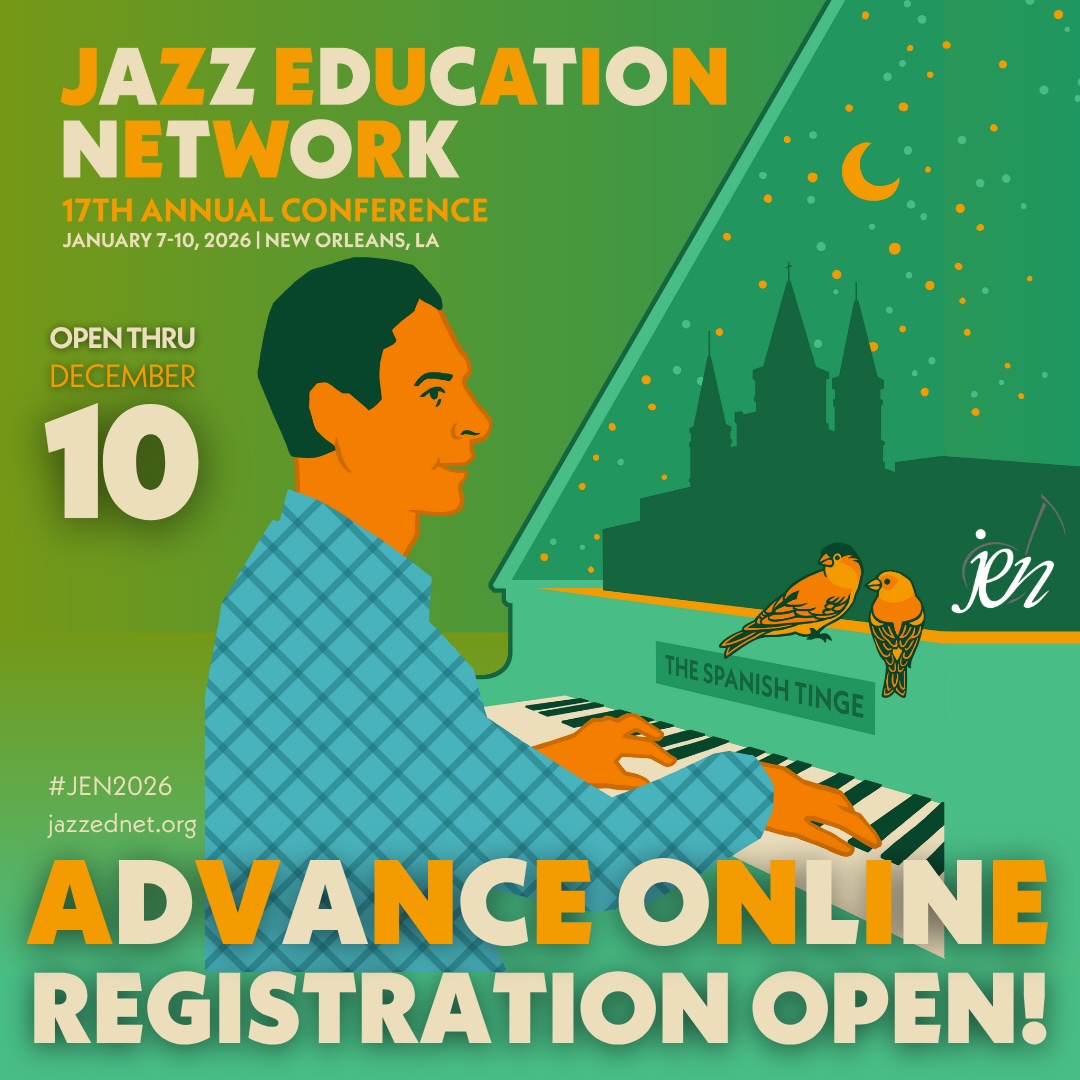Oct 28, 2025 10:47 AM
In Memoriam: Jack DeJohnette, 1942–2025
Jack DeJohnette, a bold and resourceful drummer and NEA Jazz Master who forged a unique vocabulary on the kit over his…
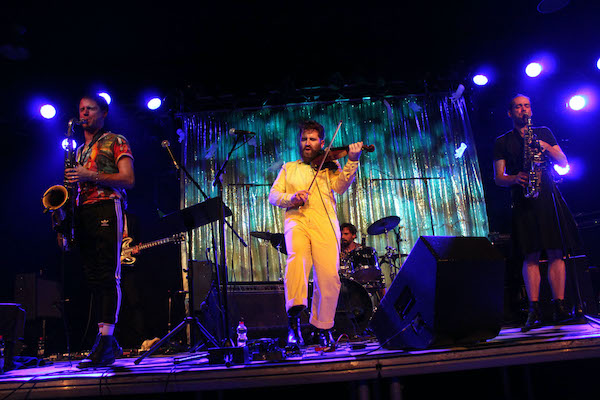
French violinist Théo Ceccaldi performs with his ensemble, Freaks, during the Belgrade Jazz Festival, which ran Oct. 21-28 in the Serbian capital.
(Photo: Stanislav Milojković/Belgrade Jazz Festival)On the penultimate evening of the 35th annual Belgrade Jazz Festival, which ran Oct. 21-28 in the Serbian capital, pianist Gerald Clayton sat alone on a darkened stage. His fingers seemed barely to touch the keys as he launched into “La Llorona,” saxophonist Charles Lloyd’s dreamlike rendition of the Mexican folk song from his 2016 Blue Note album, I Long To See You. One by one, Lloyd and the other members of Kindred Spirits, Lloyd’s new quintet, joined Clayton on stage for the tune—an exquisite encore to an arguably flawless set.
In Belgrade that week, Lloyd and Kindred Spirits (guitarist Marvin Sewell, bassist Harish Raghavan, and drummer Eric Harland) were hardly an isolated example of such powerful playing, however. Consider the rest of that evening’s lineup: the Charles Mingus Big Band, 14 of New York’s finest players celebrating the musical daring of their band’s namesake four decades after his death; Portuguese saxophonist João Mortágua’s sextet Axes, a distant relative of the World Saxophone Quartet, bursting with percussive color; and French violinist Théo Ceccaldi’s ensemble Freaks, with its electrifying punk-influenced repertoire of neo-jazz tunes. All this in one evening—and with six more evenings like it.
The diversity of the festival program reflects Belgrade’s long-held identity as a nexus for American and European jazz: During its early editions, U.S. jazz superstars like Miles Davis, Keith Jarrett and Dizzy Gillespie decorated its stage each year. From that time, the festival grew in both size and prestige until 1990, when political upheaval in the former Yugoslavia precluded its annual staging for 15 years. Now, as a member of the European Jazz Network, BJF stands as a sought-after date for musical acts from all over Europe and North America.
This year’s festival—an anniversary edition that ran a day longer than usual—featured more than 25 acts at two different locations. Other headliners included the turbo-charging Stanley Clarke Band; singer Dianne Reeves; Russian chanteuse Tanya Balakirskaya with the innovative Dmitry Ilugdin Trio; and the smart, sophisticated, Belgian big band Flat Earth Society.
These performers—mainstream, popular and traditionally groove-oriented—played Kombank Hall, the spacious, newly renovated concert venue in the heart of the city’s governmental district, while the remaining acts—edgier, experimental or up-and-coming—played the smaller Dom Omladine Beograda (Belgrade Youth Center) a few blocks away. There, photos of past festivals lined the lobby walls, documenting decades of performances by trailblazing jazz musicians from around the world.
In this setting, each night at Dom Omladine the festival presented creative musicians who are expanding the definitions of modern jazz. The tools they employ are diverse—groove displacement, meta-genre composing, unconventional instrumentation, improvised vocalizations, ambient soundscapes, regional folk influences—the stuff that could grab them a spot on the Dom Omladine wall alongside their prominent predecessors.
A prime example was the Nikolov-Ivanović Undectet, the 11-piece ensemble that opened the festival. Drawing inspiration from American legends like Stan Kenton, pianist Vladimir Nikolov and drummer Srđan Ivanović co-led a pan-European group of improvising musicians in 10 rhythmically complex, harmonically evocative compositions, all impeccably arranged. In these, they might reference Balkan tunes, rock, hip-hop, classical music or traditional jazz—without settling on any one thing.
“I don’t identify as one type of musician, even though I work as a jazz musician,” Ivanović explained during a panel discussion on trends in Serbian jazz on the third day of the festival. “My music reflects this.”
Similarly, the Rastko Obradović Quartet, a Serbian-Norwegian collaboration forged when its players were students at The Norwegian Academy of Music in Oslo, uses traditional jazz as the starting point for their smooth, refined sound. But what set them apart on the second evening of the festival was their melding of Scandinavian and Serbian musical sensibilities—the nature themes and simple, lilting lines that tumble into darker, insistent grooves, for instance.
Two acclaimed North American singers at the festival—Laila Biali and Jazzmeia Horn—are building international careers on the strength of indomitable straightahead chops and fresh originals that extrapolate from traditional song forms.
Canadian native Biali released a 2018 eponymous album through the German label ACT, the first release to showcase her compositional skills. In the most pop-oriented set of the festival, she drew from the album, proving as nimble a pianist as she is a singer. For the most part, though, Biali interpreted beloved songs by Canadian artists—Feist’s “Mushaboom,” Joni Mitchell’s “Woodstock,” k.d. lang’s “Simple,” Neil Young’s “Heart Of Gold”—unearthing something new in each.
Horn focused on tracks from her most recent album, Love And Liberation (Concord)—also a first foray into songwriting. In contrast to Biali, however, Horn’s original tunes sound like Great American Songbook material, thanks to traditional phrasing and changes, even as her lyrics address modern issues. These aren’t the tunes that Ella Fitzgerald scatted over when she sang at the Belgrade Jazz Festival back in the day—but Horn could make you forget that as her preternaturally spot-on vocal solos soared ever higher throughout the darkened concert hall. DB
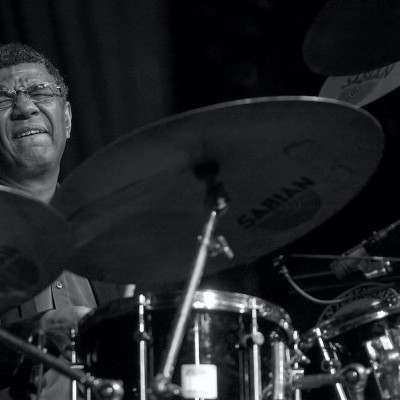
Jack DeJohnette boasted a musical resume that was as long as it was fearsome.
Oct 28, 2025 10:47 AM
Jack DeJohnette, a bold and resourceful drummer and NEA Jazz Master who forged a unique vocabulary on the kit over his…
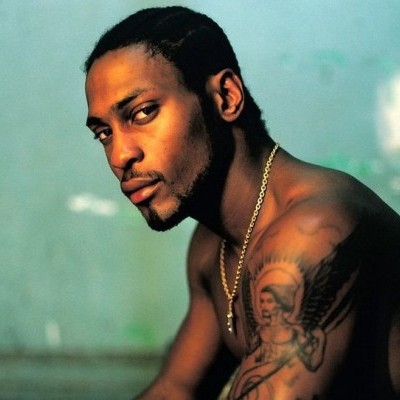
D’Angelo achieved commercial and critical success experimenting with a fusion of jazz, funk, soul, R&B and hip-hop.
Oct 14, 2025 1:47 PM
D’Angelo, a Grammy-winning R&B and neo-soul singer, guitarist and pianist who exerted a profound influence on 21st…
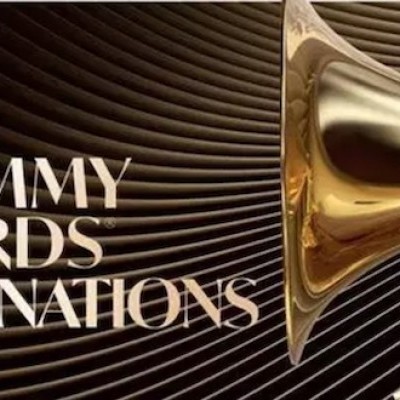
To see the complete list of nominations for the 2026 Grammy Awards, go to grammy.com.
Nov 11, 2025 12:35 PM
The nominations for the 2026 Grammy Awards are in, with plenty to smile about for the worlds of jazz, blues and beyond.…
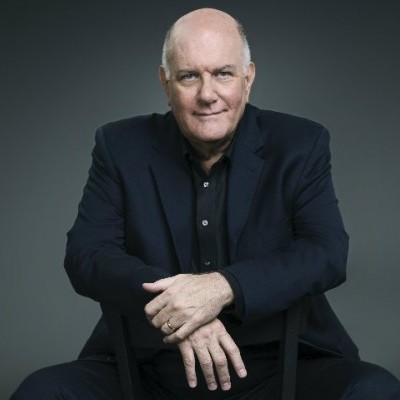
Jim McNeely’s singular body of work had a profound and lasting influence on many of today’s top jazz composers in the U.S. and in Europe.
Oct 7, 2025 3:40 PM
Pianist Jim McNeely, one of the most distinguished large ensemble jazz composers of his generation, died Sept. 26 at…
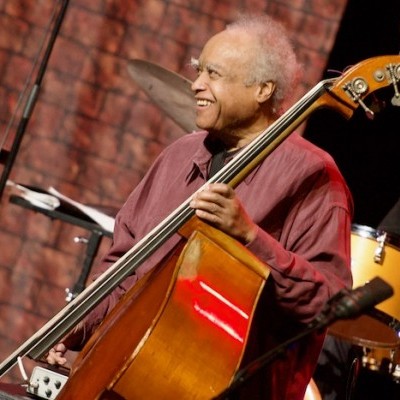
Drummond was cherished by generations of mainstream jazz listeners and bandleaders for his authoritative tonal presence, a defining quality of his style most apparent when he played his instrument unamplified.
Nov 4, 2025 11:39 AM
Ray Drummond, a first-call bassist who appeared on hundreds of albums as a sideman for some of the top names in jazz…

